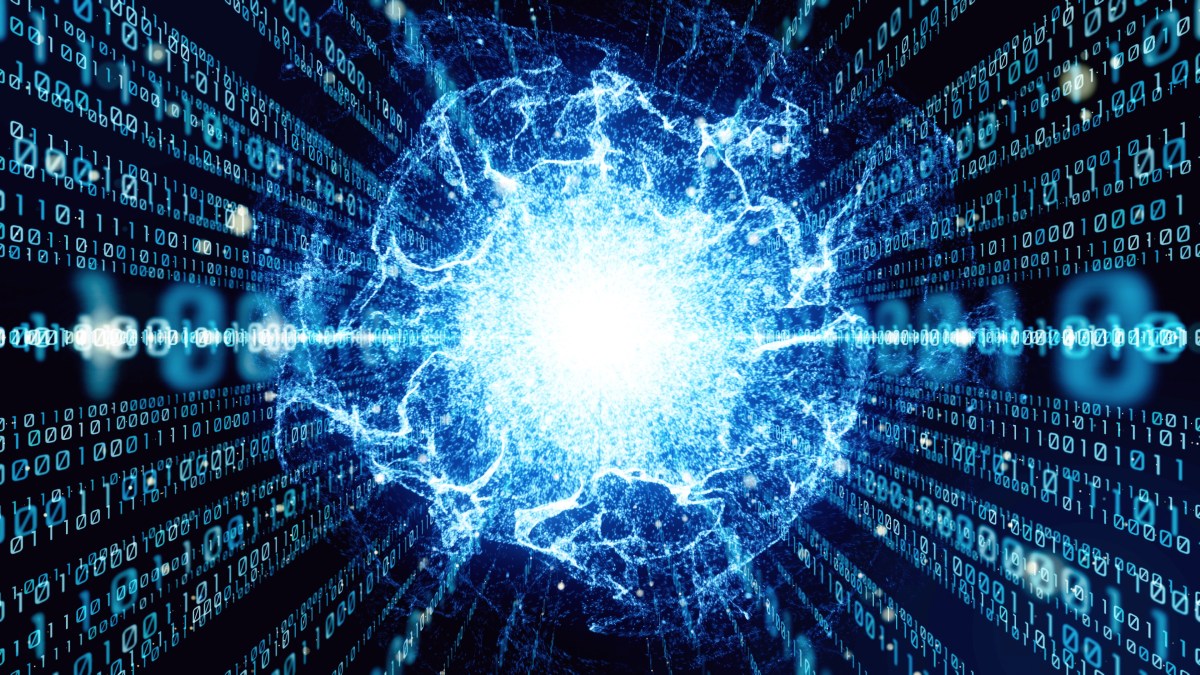Energy Department reveals blueprint for nationwide quantum internet

The Department of Energy identified essential research, engineering and design barriers and near-term goals for developing nationwide quantum internet in a blueprint released Tuesday.
DOE‘s 17 National Laboratories will form the foundation of a system for secure communication using quantum mechanics, the prototype for which is expected within the next decade, according to the report.
Plans for a three-node, 80-mile testbed will be realized once the Fermi National Accelerator Laboratory in Batavia, Illinois, is connected to the quantum loop established in February by Argonne National Lab in Lemont, Illinois, and the University of Chicago in the city’s suburbs.
“The combined intellectual and technological leadership of the University of Chicago, Argonne and Fermilab has given Chicago a central role in the global competition to develop quantum information technologies,” said Robert Zimmer, university president, in an announcement. “This work entails defining and building entirely new fields of study, and with them, new frontiers for technological applications that can improve the quality of life for many around the world and support the long-term competitiveness of our city, state, and nation.”
The Pentagon along with the banking, health care, and airline industries could be among the first to take advantage of hard-to-intercept quantum transmissions, and virtually unhackable networks could eventually benefit mobile phones, according to the report.
If scaled, quantum transmissions could exchange data quantities never thought possible, and ultra-sensitive quantum sensors could help predict earthquakes or diagnose illnesses.
The blueprint, itself, is the product of a February meeting of minds in New York City between the National Labs, universities and industry. There, experts discussed how to begin building a quantum internet stack, hardware, operating system, applications, and networks like the ones in Chicago and New York City.
“Today’s publication of the plan, which is now online, is a consensus of the nation’s leaders on how to go execute that,” said Paul Dabbar, undersecretary of energy for DOE’s Office of Science.
The report further addresses the routing of quantum information and addressing errors. Its four key milestones consist of:
- Verifying secure quantum protocols over existing fiber networks,
- Sending entangled information across campuses or cities,
- Expanding networks between cities, and
- Expanding among states using “repeaters” to amplify signals.
Other agencies that will have roles to play in developing quantum internet include the National Science Foundation, Department of Defense, National Institute for Standards and Technology, National Security Agency, and NASA.
“The foundation of quantum networks rests on our ability to precisely synthesize and manipulate matter at the atomic scale, including the control of single photons,” said David Awschalom, senior scientist at Argonne National Laboratory and director of the Chicago Quantum Exchange, in a statement. “Our National Laboratories house world-class facilities to image materials with subatomic resolution and state-of-the-art supercomputers to model their behavior.”






